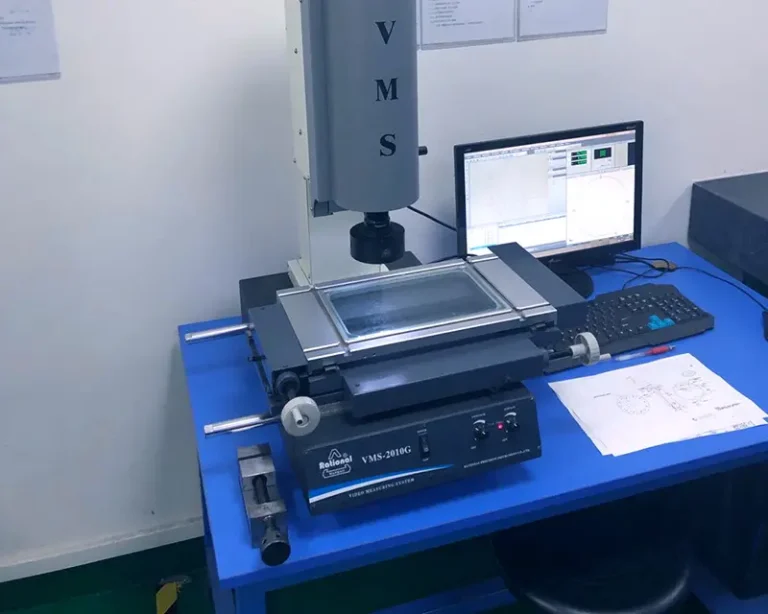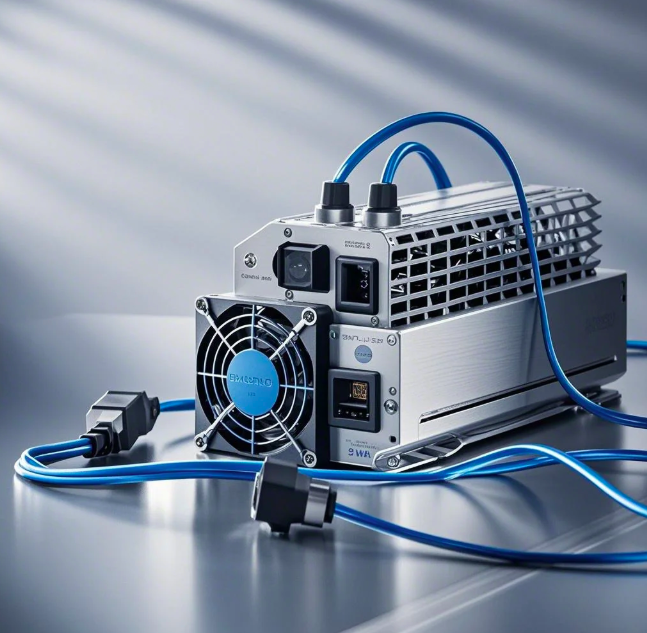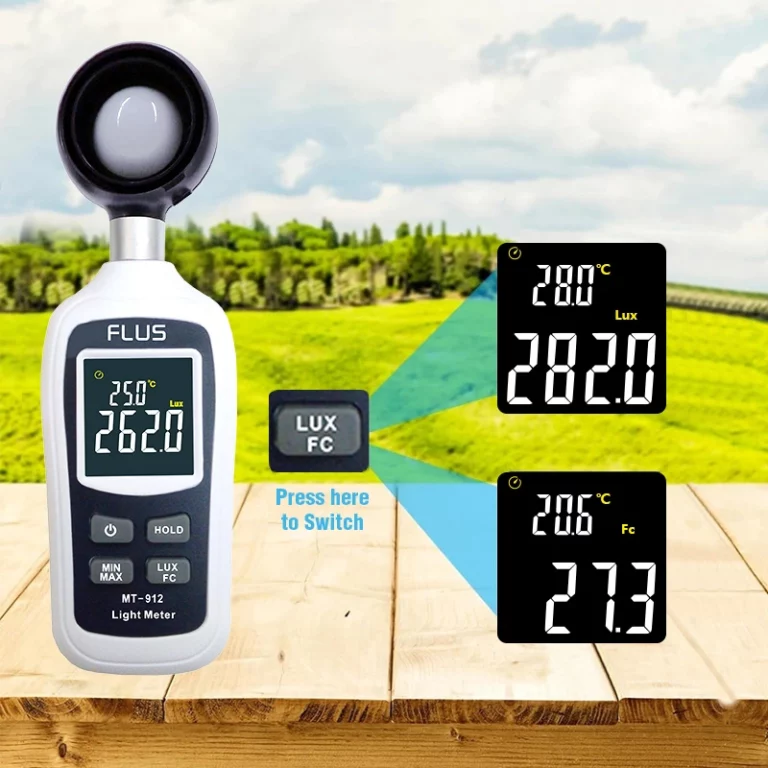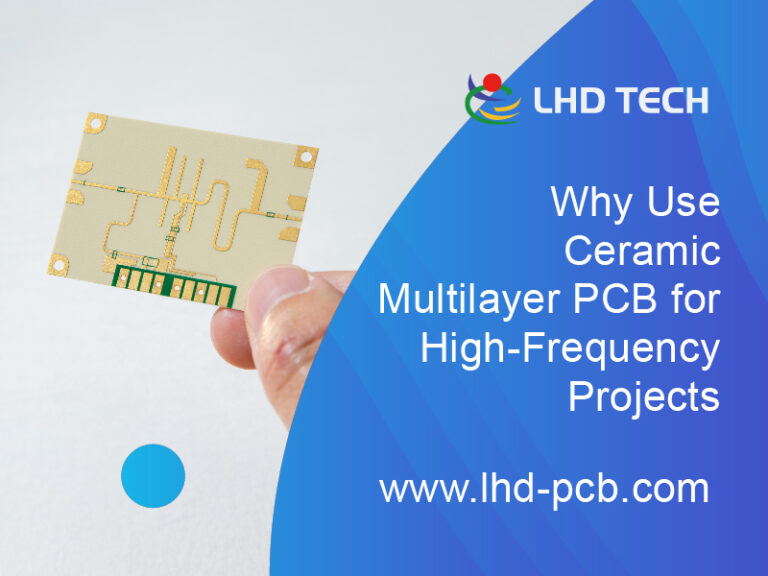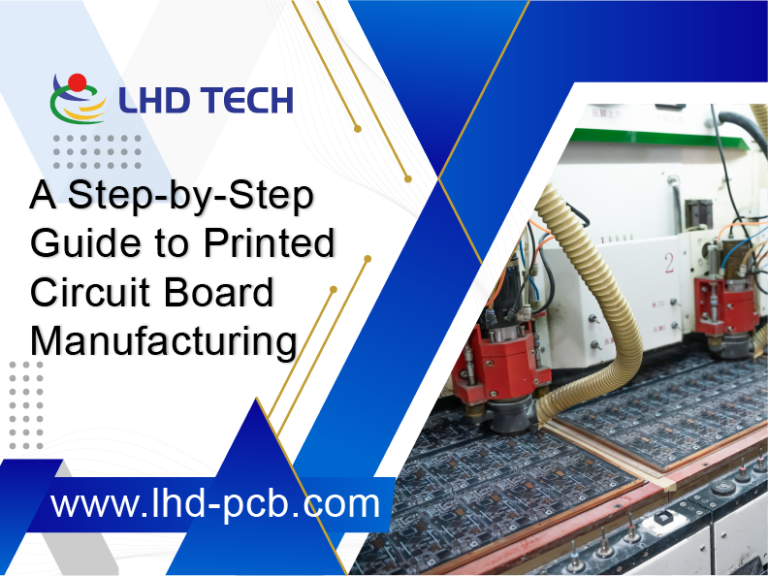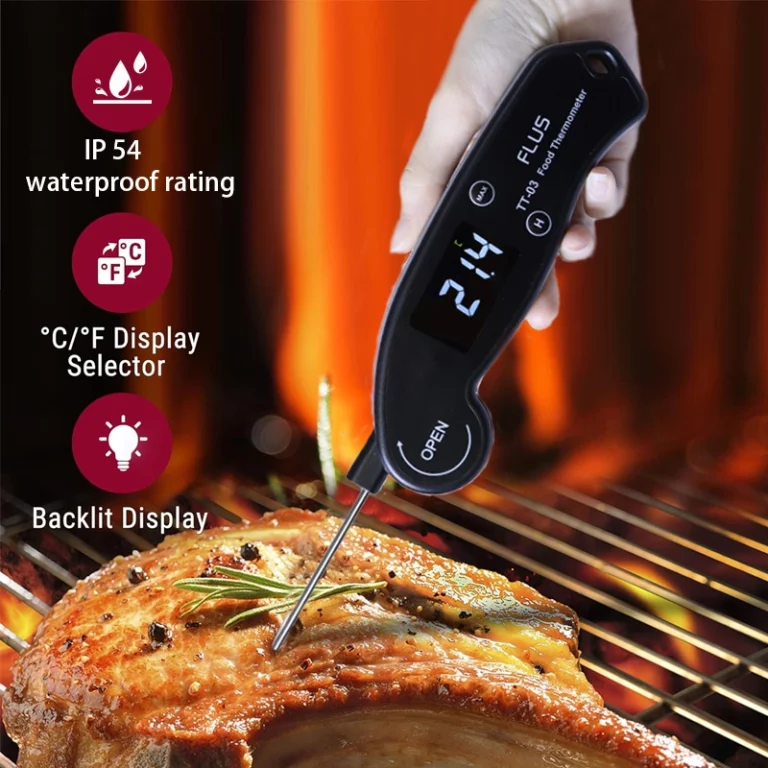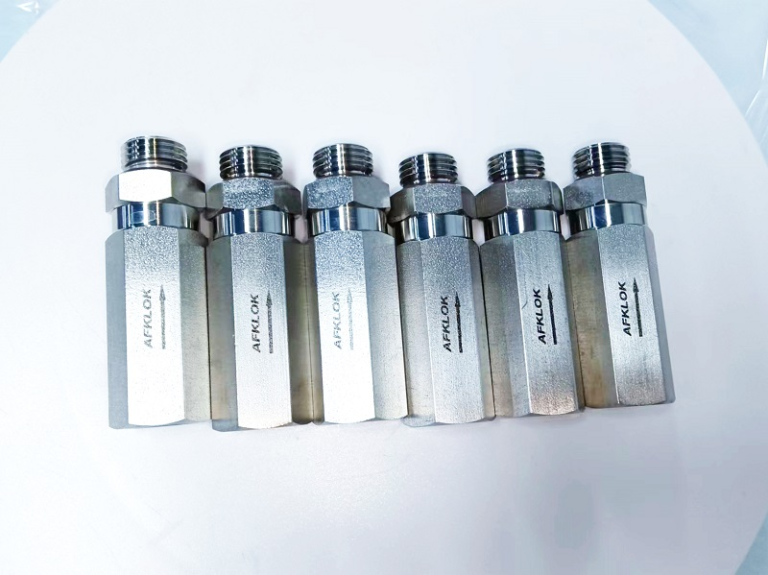目录
ToggleMetal surface finish is a critical yet often misunderstood aspect of manufacturing. It plays a pivotal role in determining the functionality, durability, and aesthetic appeal of metal components. In this blog post, we’ll delve into the essentials of metal surface finish, exploring its various elements, measurement techniques, and practical considerations for manufacturers.
What is Metal Surface Finish?
Metal surface finish refers to the texture and quality of a metal’s surface after it has been processed. It encompasses three primary elements: roughness, lay, and waviness. These elements collectively influence how a metal part performs in its intended application.
Lay, Waviness, and Roughness
- Lay: This describes the directional pattern of the surface texture. It can be parallel, perpendicular, circular, or even isotropic. The lay is typically determined by the manufacturing process used.
- Waviness: This refers to the broader surface variations that are larger than roughness but smaller than flatness defects. Waviness can result from factors like machining chatter or thermal expansion during manufacturing.
- Roughness: The most frequently specified aspect of surface finish, roughness pertains to the minute irregularities in the surface geometry. It directly impacts the part’s functionality, such as wear resistance and lubrication retention.
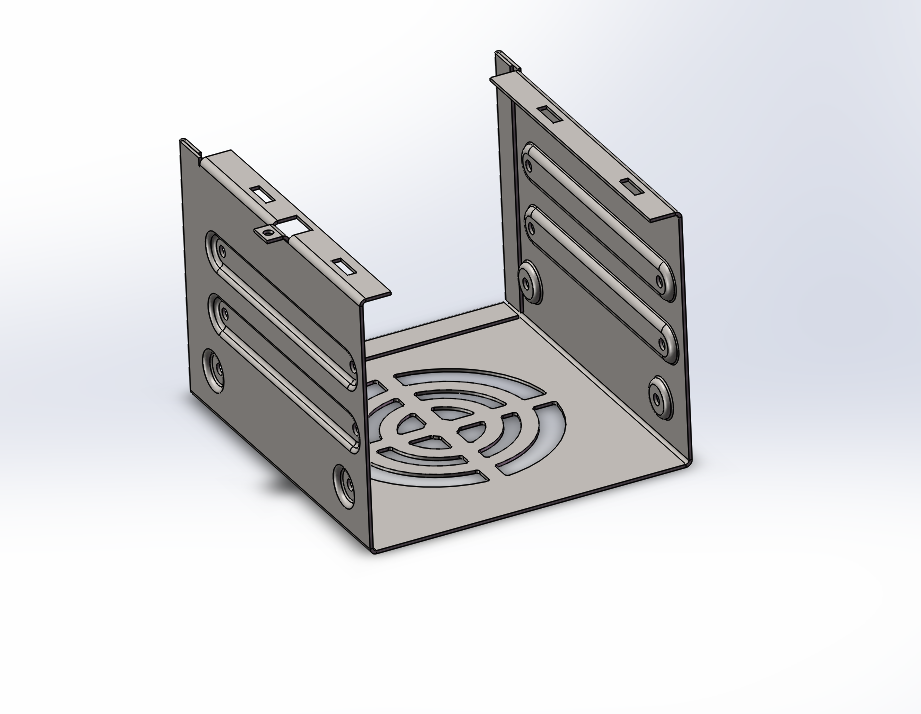
Measurement of Roughness
Accurate measurement of roughness is vital for quality control. A profilometer is commonly used to measure surface roughness by tracing the surface and recording the variations in height. This process helps in assessing whether the surface meets the specified requirements for the application.
Roughness Parameters & Calculations
Two key parameters used in defining roughness are Ra (average roughness) and Rz (mean roughness depth). Ra provides an average of the surface irregularities, while Rz considers the peak-to-valley heights over a specified length. Understanding these parameters is crucial for specifying the appropriate surface finish in technical drawings.
Practical Considerations
The manufacturing process significantly influences the resulting surface finish. Smoother finishes often necessitate additional processing steps, which can increase costs. Therefore, it’s essential to balance the required finish against the manufacturing costs. Certain processes, like grinding or polishing, can achieve finer finishes but require more time and resources.
Key Take-Aways
metal surface finish is composed of waviness, lay, and roughness, with roughness being the most commonly specified.
Ra and Rz are the primary parameters for defining roughness, with Ra being the average roughness and Rz indicating the most severe surface variations.
The choice of surface finish should consider both the functional requirements of the part and the associated manufacturing costs.
Conclusion
Understanding metal surface finish is essential for anyone involved in manufacturing or engineering. By grasping the concepts of lay, waviness, and roughness, along with measurement techniques and practical considerations, professionals can ensure that their metal components meet the necessary standards for performance and durability.
FAQs
Why is surface finish so important for mechanical components?
Surface finish is essential in mechanical components because of several factors:
- Friction Control: A smoother surface can reduce friction and move mechanical parts more efficiently. This will minimize wear.
- Fit and Tolerance: Precision surfaces ensure that components fit together in the intended way while maintaining tight tolerances for high-performance machinery.
- Protection: Surface finishes act as barriers to protect members from environmental factors such as moisture, which can cause corrosion.
Does metal surface finish have an impact on the life expectancy of a product?
The surface finish of a product can have a significant impact on its lifespan. Here’s how:
- Protect against Elements: A good finish will resist rust, corrosion, and UV rays.
- Resistance To Mechanical Wear: Product surfaces with the right finish can withstand everyday wear and tear, ensuring they continue functioning at their best for longer.
- Aesthetic Durability: Beyond function, a good finishing ensures that products stay visually appealing with time. They maintain their shine, color, and texture.
What are the eco-friendly alternatives for traditional metal surface finish?
Absolutely! The industry is changing rapidly to adopt eco-friendly practices.
- Water-Based Coatings: They emit less VOCs than traditional solvent-based coatings.
- Biobased Coatings: Made of renewable resources, they are both environmentally friendly and sustainable.
- Electrolytic processes: Techniques such as electroplating are possible with less toxic chemicals.
